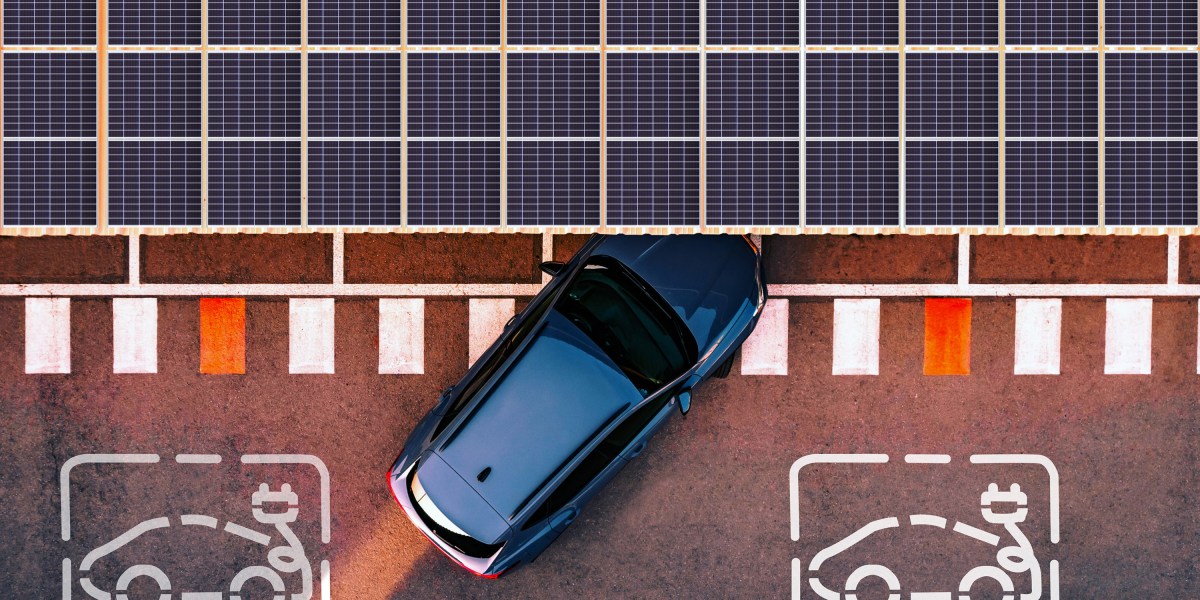Why China’s EV ambitions need virtual power plants

If you, like me, are unsure how a power plant can be virtual, my colleague June Kim just published an insightful article explaining the technology and how it works. For this week’s newsletter, I took the chance to ask her some more questions about VPPs. It turns out the technology has a particularly good synergy with the EV industry, which is why the Chinese government has started to invest in VPPs.
“VPPs are basically just aggregations of distributed energy resources that can balance electricity on the grid,” June says—resources including electric-vehicle chargers, heat pumps, rooftop solar panels, and home battery packs for power backups. “They’re working in coordination to replace the function of a centralized coal plant or gas plant … but also add a whole host of other functionalities that are beneficial for the grid,” she says.
To really make the most of these resources, VPPs introduce another layer: a central smart system that coordinates energy consumption and supply.
This system allows utility companies to handle times of higher energy demand by making adjustments like shifting EV charge time to 2 a.m. to avoid peak hours.
The US government is working to triple VPP capacity by 2030, June says. That capacity is equivalent to 80 to 160 fossil-fuel plants that don’t have to be built. “They expect that EV batteries and the EV charging infrastructure are going to be the biggest factor in building up this additional VPP capacity,” she says.
Considering the significant impact that EVs have on the grid, it’s no surprise that China, where an EV revolution is taking place faster than in any other country, has also turned its attention to VPPs.
By the end of 2023, there were over 20 million EVs in China, almost half the global total. Together, these cars can consume monstrous amounts of energy—but their batteries can also be an emergency backup source. The power shortage that happens in China almost every summer is an urgent reminder that the country needs to figure out how to incorporate these millions of EVs into the existing grid.
Luckily, there are already some moves in this area, both from the Chinese government and from Chinese EV companies.


